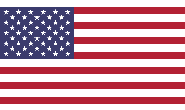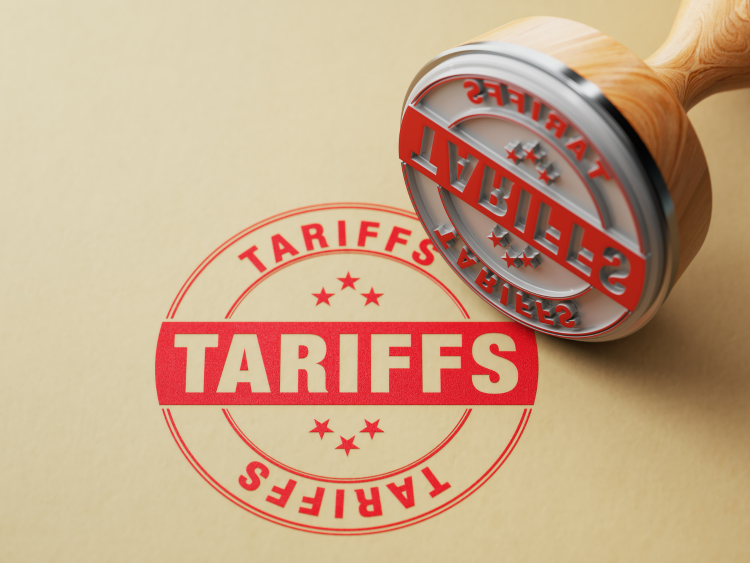Trade Cases

USTR Nominee Tai Touts Section 232, USMCA
Written by Michael Cowden
February 26, 2021
U.S. Trade Representative (USTR) nominee Katherine Tai expressed support for Section 232 tariffs on imported steel and aluminum, characterizing the duties as a “legitimate tool in the trade toolbox.”
The prospective top U.S. trade negotiator also signaled that the U.S.-Mexico-Canada Agreement (USMCA) – the replacement to the North American Free Trade Agreement (Nafta) – would be enforced vigorously by the Biden administration.
Both trade actions were important achievements for the administration of former President Donald Trump.![]()
“With respect to the 232 tariffs on steel and aluminum. … We have to acknowledge that we have overall a very significant global marketplace problem in the steel and aluminum markets that are driven primarily by China’s overcapacity,” Tai said. “But it’s not just a China problem.”
Tai made the comment during a Senate confirmation hearing earlier in the week. Her words echoed the position of the United Steelworkers union, domestic steelmakers and lobbying groups for them, which have assailed what they see as excess steel production capability not only in China but also in emerging markets in Southeast Asia, India and Turkey.
While expressing support for tariffs, Tai also said the U.S. would need to work to rebuild international alliances, rejoin international institutions and build a “united front” with its allies on trade issues.
The comments appeared to reference the Trump administration’s spurning of international groups such as the World Trade Organization and its unilateral approach to trade relations with China.
“China is simultaneously a rival, a trade partner and an outsized player whose cooperation we’ll also need to address certain global challenges” such as climate change, Tai said. “We must remember how to walk, chew gum and play chess at the same time.”
Closer to home, Tai said it was important to protect and enforce bi-partisan trade deals such as USMCA.
“Too often in the past, Congress and the administration came together to finalize and pass a trade agreement. But then other urgent matters arose and we all moved on,” Tai said “The United States-Mexico-Canada agreement is a uniquely bipartisan accomplishment that must break that trend. …. We must all continue to prioritize its implementation and success.”
Domestic steel interests have hailed USMCA for policies such as more stringent domestic content requirements. The successful negotiation of the trade pact led to Section 232 tariffs being lifted from Canada and Mexico in 2019.
By Michael Cowden, Michael@SteelMarketUpdate.com

Michael Cowden
Read more from Michael CowdenLatest in Trade Cases

Price: Expect new trade shocks as Trump’s ‘reciprocal’ tariff negotiations continue
President Trump cast a wide net with the proposed, reciprocal tariffs. The negotiating stage will be critical to determining the success of his strategy. And for those suffering tariff whiplash, don’t expect the pace of change to slow down just because the reciprocal tariffs are entering a negotiating phase.

SMU Survey: Less support seen for Trump tariff policies
Meanwhile, an increasing number think it's too early to say whether the penalties are going to bring more manufacturing to the US.

CRU: USW seeks exclusion for Canada from Trump’s tariffs
The union is also urging stronger enforcement against countries such as China which break trade rules, and a coordinated Canada-US strategy to protect union jobs across the North America

Price on trade: A lot happened last week – and it wasn’t all about tariffs
Should foreign investment be allowed to reshape the American steel Industry? Not to be lost in the recent on-again-off-again tariff frenzy, Nippon Steel’s proposed takeover of U.S. Steel has also found itself in President Trump’s crosshairs when it comes to trade and industrial policy. Nippon Steel initially announced its nearly $15-billion bid for U.S. Steel […]

Trump signs executive order aimed at making US shipbuilding ‘great again’
President Trump on Wednesday signed an executive order meant to breathe new life into American shipbuilding and curb Chinese dominance in the sector.
